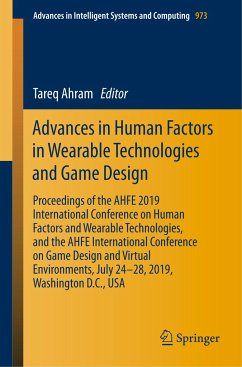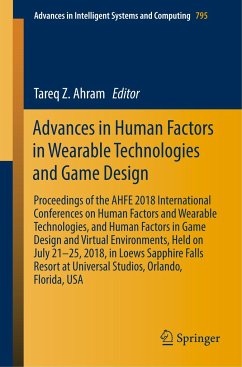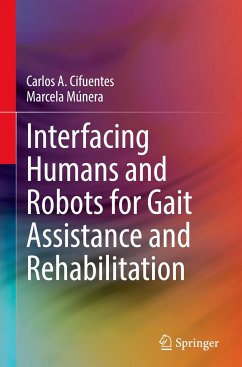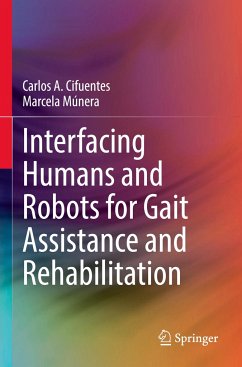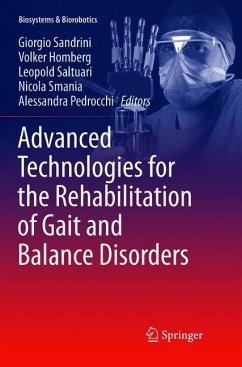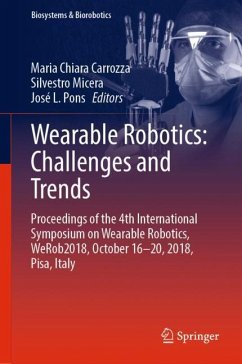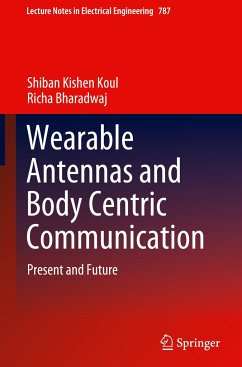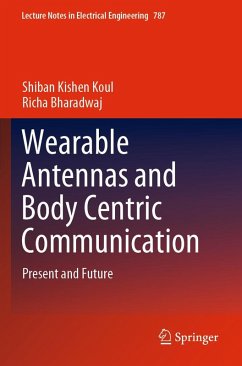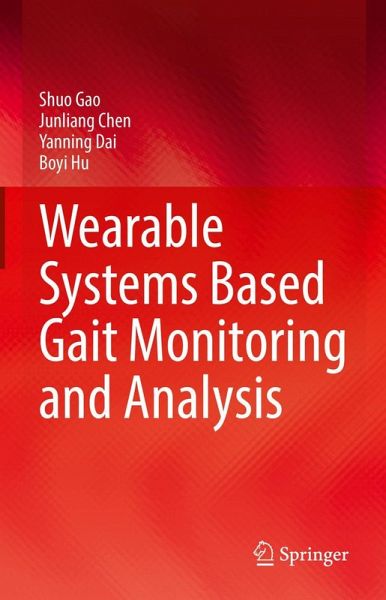
Wearable Systems Based Gait Monitoring and Analysis
Versandkostenfrei!
Versandfertig in 6-10 Tagen
117,69 €
inkl. MwSt.
Weitere Ausgaben:

PAYBACK Punkte
0 °P sammeln!
Wearable Systems Based Gait Monitoring and Analysis provides a thorough overview of wearable gait monitoring techniques and their use in health analysis. The text starts with an examination of the relationship between the human body's physical condition and gait, and then introduces and explains nine mainstream sensing mechanisms, including piezoresistive, resistive, capacitive, piezoelectric, inductive, optical, air pressure, EMG and IMU-based architectures. Gait sensor design considerations in terms of geometry and deployment are also introduced. Diverse processing algorithms for manipulatin...
Wearable Systems Based Gait Monitoring and Analysis provides a thorough overview of wearable gait monitoring techniques and their use in health analysis. The text starts with an examination of the relationship between the human body's physical condition and gait, and then introduces and explains nine mainstream sensing mechanisms, including piezoresistive, resistive, capacitive, piezoelectric, inductive, optical, air pressure, EMG and IMU-based architectures. Gait sensor design considerations in terms of geometry and deployment are also introduced. Diverse processing algorithms for manipulating sensors outputs to transform raw data to understandable gait features are discussed. Furthermore, gait analysis-based health monitoring demonstrations are given at the end of this book, including both medical and occupational applications. The book will enable students of biomedical engineering, electrical engineering, signal processing, and ergonomics and practitioners to understand themedical and occupational applications of engineering-based gait analysis and falling injury prevention methods.




